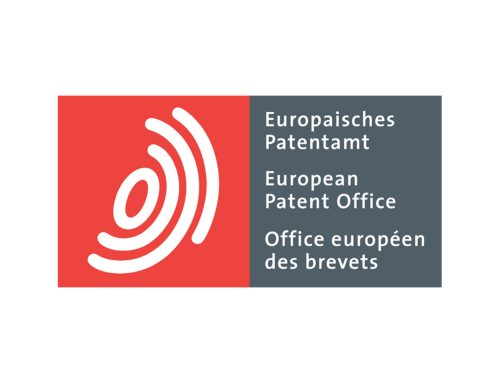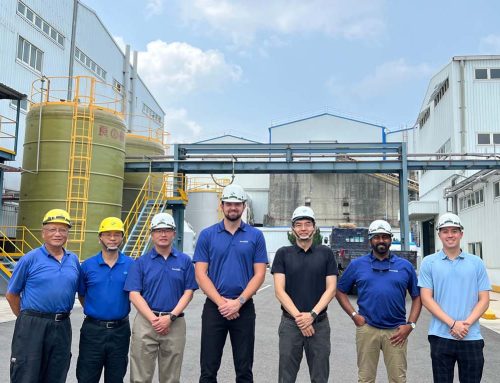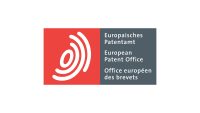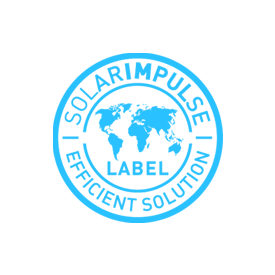RecycLiCo Battery Materials (“Company”), a pioneer in advanced lithium-ion battery recycling and upcycling, offers the following comments on the climate-focused Critical Mineral provisions in a new bill signed into law by U.S. President Joe Biden this week.
The bill, formally known as the Inflation Reduction Act of 2022, includes a 10% advanced manufacturing production tax credit that spans the production of critical battery minerals to downstream production of cathode and anode materials used in lithium-ion batteries. In an extensive section on energy security and climate change, the bill also includes more than $60 billion to incentivize renewable and clean energy manufacturing in the U.S. Eligibility is open to companies operating in North America or from countries with which the U.S. has a formal trade agreement.
Tax credits for electric vehicles (EVs) are restored, but with restrictions based on where the batteries are built and where the critical materials in the batteries are mined, recycled, or processed. According to the Congressional Research Service’s summary of tax provisions in the bill:
“To receive the $3,750 critical minerals [tax] credit, the vehicle’s battery must contain a threshold percentage (in value) of critical minerals that were extracted or processed in a country with which the United States has a free trade agreement or recycled in North America. The threshold percentage would be 40% through 2023, increasing to 50% in 2024, 60% in 2025, 70% in 2026, and 80% after 2026.
To receive the $3,750 battery components, portion of the credit, the percentage of the battery’s components manufactured or assembled in North America would have to meet threshold amounts. For vehicles placed in service through 2023, the percentage would be 50%. The percentage increases to 60% for 2024 and 2025, 70% for 2026, 80% for 2027, 90% for 2028, and 100% after 2028.”
In recognition of geopolitical concerns and supply chain vulnerabilities, the bill prohibits taking the EV tax credit on any vehicle purchased after December 31, 2024, in which battery materials are sourced from “foreign entities of concern,” defined in U.S. law as China, Russia, Iran or North Korea.
“The new law comes less than four months after the U.S. designated the major battery materials — including those RecycLiCo will extract from spent batteries — as essential materials under Title III of the Defense Production Act of 1950,” said Dan McGroarty, a member of the Company’s Advisory Board. “I see this as a strong signal that U.S. policymakers are coming to understand that the ‘battery criticals’ are true dual-use materials, required for the national economy as well as national security.” The law authorizes an additional $500 million for the Department of Defense to use to encourage the production of Title III materials.
The bill aligns with the Company’s efforts to advance its RecycLiCo patented process and follows the latest company developments such as the demonstration plant project achieving 163% of its designed leach processing capacity, a third-party life cycle assessment that reports RecycLiCo’s lower environmental impact to produce battery materials, and the production of NMC811 cathode precursor material.
About RecycLiCo Battery Materials
RecycLiCo Battery Materials is a company focused on recycling and upcycling lithium-ion battery waste. With minimal processing steps and up to 99% extraction of lithium, cobalt, nickel, and manganese, the patented, closed-loop hydrometallurgical process creates valuable lithium-ion battery materials for direct integration into the re-manufacturing of new lithium-ion batteries.
On behalf of Management
RecycLiCo Battery Materials
Larry W. Reaugh
President and Chief Executive Officer
Share This Story, Choose Your Platform!
The Toronto Stock Exchange has not reviewed and does not accept responsibility for the adequacy or accuracy of this release. This news release may contain certain “Forward-Looking Statements” within the meaning of Section 21E of the United States Securities Exchange Act of 1934, as amended. All statements, other than statements of historical fact, included herein are forward-looking statements that involve various risks and uncertainties. There can be no assurance that such statements will prove to be accurate, and actual results and future events could differ materially from those anticipated in such statements. Important factors that could cause actual results to differ materially from the Company’s expectations are disclosed in the Company’s documents filed from time to time with the Toronto Stock Exchange, the British Columbia Securities Commission and the US Securities and Exchange Commission.





